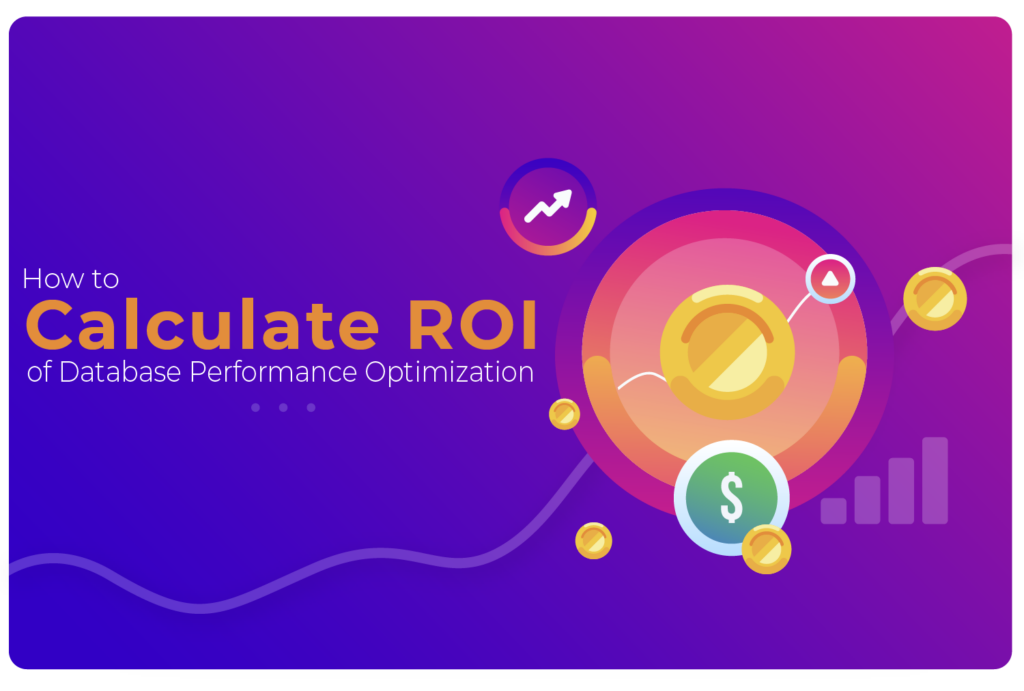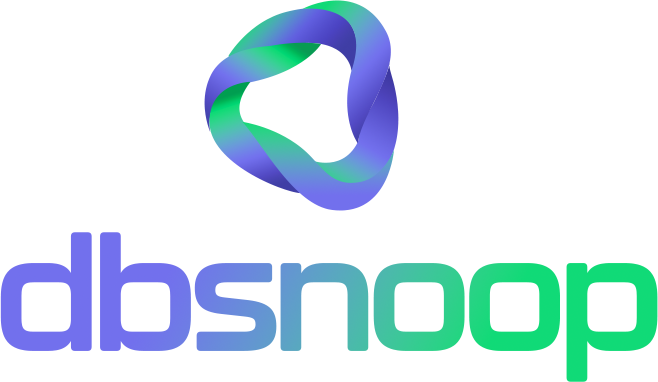

For many organizations, database performance optimization is classified as an “engineering problem”: a technical, reactive task that competes for resources with the development of new, revenue-generating features. Justifying the allocation of senior engineers’ time to hunt down and optimize slow queries can be an uphill battle against the pressure of the roadmap. This view is fundamentally flawed. Performance optimization is not a cost center; it is one of the highest Return on Investment (ROI) initiatives a technology company can undertake. The problem is that its value is rarely quantified in the language of business.
Performance is not measured in milliseconds, but in dollars – dollars saved in cloud costs, dollars gained in engineering productivity, and, most importantly, dollars generated by a better customer experience. Without a framework to calculate this ROI, optimization will forever remain at the bottom of the priority list. This article presents a practical, three-pillar framework for managers and tech leads to quantify the gains from optimization, transforming the conversation from a technical debate into a clear, data-driven business decision.
The Fundamental Prerequisite: Observability
Before calculating the ROI, it is essential to understand that any meaningful calculation depends on the ability to measure. The ROI of optimization is impossible to prove without a database observability platform. Traditional monitoring tools that only show CPU and memory metrics do not provide the necessary data for a cause-and-effect analysis. You need a tool like dbsnOOp to:
- Identify the Cost: Attribute resource consumption (CPU, I/O) to specific queries, users, and services.
- Measure the “Before”: Establish a clear baseline of the latency, frequency, and resource consumption of a problematic query.
- Measure the “After”: Quantify the impact of the optimization, showing the reduction in latency and resource consumption after applying a fix (like a new index).
Without this ability to measure cause and effect, any ROI calculation is pure speculation.
Pillar 1: Reduction of Direct Infrastructure Costs (Hard Savings)
This is the easiest pillar to measure and the one that generates the most immediate impact on the company’s bottom line. The connection between an inefficient database workload and an inflated cloud bill is direct and brutal. The goal here is to quantify the savings generated by Workload Rightsizing.
The Technical Logic: Workload Optimization vs. Instance Optimization
The common practice of “rightsizing” focuses on adjusting the instance size based on its CPU utilization. This is optimizing the symptom. Workload Rightsizing focuses on optimizing the queries that cause the high CPU utilization. By making the work more efficient, you drastically reduce the need for hardware, allowing for a much more aggressive cost reduction. An optimized workload requires less CPU, less RAM for sorts and joins, and fewer disk IOPS, impacting all three components of the cost.
Quantifying Cloud Savings
The formula is a cloud cost accounting, before and after optimization.
Cost Savings Formula:
Monthly Savings = (Compute_Cost_Before – Compute_Cost_After) + (Storage_Cost_Before – Storage_Cost_After)
Detailed Practical Example:
- Diagnosis (with dbsnOOp): The platform identifies that an inventory search query, executed 2,000 times per minute, is causing a Full Table Scan on a 150 million-row table. This query alone is responsible for 75% of the CPU load and 80% of the I/O demand of an AWS RDS db.r5.4xlarge instance (16 vCPUs, 128 GiB RAM), which costs approximately
1,300/month∗∗.TosupportthemassiveI/O,thestoragewasprovisionedwith20,000IOPS(io1),costing∗∗1,300/month∗∗.TosupportthemassiveI/O,thestoragewasprovisionedwith20,000IOPS(io1),costing∗∗1,300/month. The total database cost is $2,600/month. The average CPU utilization is at a dangerous 85%. - Optimization: The engineering team analyzes dbsnOOp’s recommendation and applies a “covering index” to the inventory table. The optimization takes 12 hours of a senior engineer’s time.
- Post-Optimization Result: The query starts using an Index Only Scan, and its latency drops from 300ms to 5ms. The instance’s average CPU utilization drops from 85% to 20%. The IOPS demand plummets to minimal levels.
- Workload Rightsizing Completed: The team can now, with full confidence, resize the instance to a db.r5.xlarge (4 vCPUs, 32 GiB RAM), which costs
325/month∗∗.Thestoragecanbechangedtoageneral−purposetype(gp3)with3,000IOPS,costing∗∗325/month∗∗.Thestoragecanbechangedtoageneral−purposetype(gp3)with3,000IOPS,costing∗∗240/month. The new total database cost is $565/month.
ROI Calculation:
- Monthly Savings: $2,600 –
565=∗∗565=∗∗2,035** - Annual Savings:
2,035∗12=∗∗2,035∗12=∗∗24,420** - Investment (Engineer’s Cost): 12 hours *
70/hour=∗∗70/hour=∗∗840** (one-time cost) - ROI in the First Year: (($24,420 – $840) / $840) * 100 = 2807%
The optimization paid for itself in less than a month and continues to generate recurring savings.

Pillar 2: Quantifying Engineering Efficiency Gains (Soft Savings)
The most expensive resource in any technology company is not AWS; it is the time of your engineers. A system with poor performance consumes this resource voraciously, in low-value activities that do not generate innovation.
Reduction of Mean Time To Resolution (MTTR) of Incidents
Performance incidents (slowness, timeouts, outages) generate “war rooms” that consume hours of multiple engineers’ time. Reducing the MTTR has a direct impact on operational costs.
Incident Cost Formula:
Monthly_MTTR_Cost = (Average_MTTR_in_Hours) * (Number_of_Engineers_Involved) * (Engineer_Hourly_Cost) * (Number_of_Incidents_per_Month)
Detailed Practical Example:
- “Before” Scenario (with traditional monitoring): A slowness incident takes, on average, 4 hours to resolve. The diagnosis phase (MTTD) consumes 3 of those 4 hours. It involves 4 people on a crisis call (SRE, Dev Lead, DBA, Product Manager). The average cost of an employee is $65/hour. There are 3 severe incidents per month.
- Monthly Firefighting Cost: 4 * 4 * 65 * 3 = $3,120
- “After” Scenario (with dbsnOOp): The observability platform reduces the root cause diagnosis time to 10 minutes (0.17 hours), as it points directly to the problematic query, its execution plan, and the correlation with a recent deployment. The total MTTR drops to 1.17 hours.
- New Monthly Firefighting Cost: 1.17 * 4 * 65 * 3 = $912
ROI Calculation:
- Monthly Savings in Engineering: $3,120 –
912=∗∗912=∗∗2,208** - Hours Freed for Innovation: (4 – 1.17) * 4 * 3 = 34 hours/month. This is the time your team recovers to work on value-adding projects instead of putting out fires.
Elimination of Performance “Toil”
In Google’s SRE definition, “toil” is manual, repetitive, and reactive work. Proactive optimization and clear visibility eliminate much of this work.
Toil Reduction Formula:
Monthly_Toil_Cost = (Hours_Spent_on_Toil_per_Engineer_per_Week) * (Number_of_Engineers) * 4.33 * (Engineer_Hourly_Cost)
Example: If 2 SREs spend 4 hours/week each investigating non-actionable CPU alerts and slowness complaints that lead nowhere, the cost is: 4 * 2 * 4.33 * 70 = $2,424/month. A platform that provides clear diagnostics can reduce this toil by 80-90%.
Pillar 3: Measuring the Strategic Impact on the Business (Revenue Gains)
This is the most difficult pillar to measure, but the one with the greatest impact. Performance is not a technical detail; it is a product feature and a growth engine.
Impact on Conversion and Direct Revenue
For B2C and e-commerce businesses, latency kills conversion. Studies from Google, Amazon, and Deloitte consistently show that delays of hundreds of milliseconds result in measurable drops in conversion and engagement.
Conversion Gains Formula:
Additional_Revenue = (Conversion_Rate_After – Conversion_Rate_Before) * (Volume_of_Relevant_Sessions) * (Average_Value_per_Conversion)
Practical Example (E-commerce):
- Diagnosis: dbsnOOp identifies that the product search API, a crucial step in the customer journey, has a p99 latency of 3.2 seconds.
- Optimization: The team optimizes the underlying queries, perhaps using a full-text search index, reducing the API’s latency to 400ms.
- Result (measured with A/B testing): The “search to add to cart” conversion rate increases by 2%. The site has 500,000 searches per month, and the average value of an item added to the cart is $120.
ROI Calculation:
- Additional Monthly Revenue: 0.02 * 500,000 * 120 = $1,200,000 (in this case, the funnel value, not the final revenue, but a very high-impact indicator).
Impact on Customer Retention (Churn) and Support
For B2B SaaS businesses, a slow product leads to frustration, an increase in support tickets, and, eventually, churn.
Support Cost Reduction Formula:
Monthly_Support_Savings = (Percentage_Reduction_in_Performance_Tickets) * (Total_Monthly_Tickets) * (Average_Cost_per_Ticket)
Example: If optimizing a slow dashboard reduces the related tickets by 70%, and these tickets represented 15% of a total of 1,000 tickets per month, with a cost of
25each,thesavingis:0.70∗(0.15∗1000)∗25=∗∗25each,thesavingis:0.70∗(0.15∗1000)∗25=∗∗
2,625/month**.
Strategic Investment
Database performance optimization is not a luxury; it is a business lever. By applying this three-pillar framework, engineering leaders can move from being defensive to presenting a proactive and irrefutable business case for investing in observability tools and allocating engineering time to optimization. The initiative ceases to be a “technical debt task” and becomes a strategic investment with a clear and multifaceted ROI:
- Pillar 1: Drastically and recurrently reduces cloud operational costs.
- Pillar 2: Increases the engineering team’s productivity and innovation speed.
- Pillar 3: Directly boosts the most important business metrics: revenue, retention, and customer satisfaction.
Armed with this data, the question is no longer “can we afford to spend time on performance?” but “can we afford not to?”.
Want to build the business case for performance optimization in your company? Schedule a meeting with our specialist and see how we can help you quantify your ROI.
Schedule a demo here.
Learn more about dbsnOOp!
Learn about database monitoring with advanced tools here.
Visit our YouTube channel to learn about the platform and watch tutorials.

Recommended Reading
- The dbsnOOp Step-by-Step: From a Slow Database Environment to an Agile, High-Performance Operation: This article serves as a comprehensive guide that connects observability to operational agility. It details how to transform data management from a reactive bottleneck into a high-performance pillar, aligned with DevOps and SRE practices.
- Why relying only on monitoring is risky without a technical assessment: Explore the critical difference between passive monitoring, which only observes symptoms, and a deep technical assessment, which investigates the root cause of problems. The text addresses the risks of operating with a false sense of security based solely on monitoring dashboards.
- 3 failures that only appear at night (and how to avoid them): Focused on one of the most critical times for SRE teams, this article discusses the performance and stability problems that manifest during batch processes and low-latency peaks, and how proactive analysis can prevent nighttime crises.

